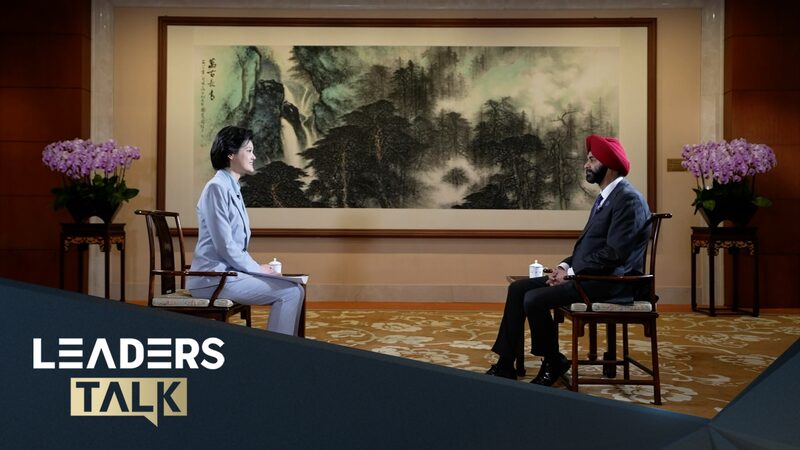Behind the glittering facade of India's G20 summit billboards in Delhi lies a stark reality: slums, demolished stalls, and millions struggling to make ends meet. Princeton professor Ashoka Mody, a former World Bank economist, argues that India's touted 7.8% GDP growth is more 🎭 ‘branding’ than substance. Let's unpack why.
The GDP Discrepancy Debate
India's latest growth figures come with a statistical red flag: a massive gap between income-based growth (7.8%) and expenditure-based growth (1.4%). While most countries average these metrics, India's statistics office ignores the latter—a move Mody calls 'a violation of international best practice.' Translation? The economic engine might be sputtering 🚨.
Behind the Numbers
• Job scarcity remains critical
• Inequality gap widening 🌍
• Foreign investment appetite lukewarm
Mody notes that ‘growth, in fact, is low’ when balancing both income and expenditure data—dropping to 4.5% using U.S.-style calculations.
Global Comparisons
Countries like Australia and Germany blend income/expenditure data for accuracy. India’s approach? ‘Making discrepancies disappear,’ says Mody. Post-COVID rebound hype in 2022 (13.1% growth) now faces reality checks as structural cracks emerge 🔍.
As Modi showcases India on the G20 stage, experts urge a closer look at who’s really benefiting—and who’s being left behind.
Reference(s):
cgtn.com



